Rømø is one of the most popular islands in Denmark, in fact it might even be the most popular of the small islands. Rømø is only home to around 550 year-round residents, not that you would notice with the many tourists. Over two million people visit the small island every year! It’s the southernmost of the Danish islands in the Wadden Sea, and its enormous sandy beach is what attracts visitors all summer long, especially many of our neighbours across the border.
It was a bit of a coincidence that brought me to Rømø in April along with my mum and grandmother. Last year, we gifted my grandmother a trip to Haderslev, to an airbnb that looked really lovely but turned out to be very dirty. After a bit of a fight with the owner, we ended up getting our money back from Airbnb and instead decided to book a different place for a different time. That choice fell on Rømø where we found a lovely-looking apartment. We’d been to Rømø before but that was many years ago when I was a young child, and neither of us could remember much about it.
We chose the beginning of April for our trip to Rømø, coinciding with my birthday on April 4th. Our apartment was located in Havneby, the southernmost town on the island, and a wonderful base for our explorations of the island.
My mum and grandmother picked me up at the train station in Kolding where I arrived in the afternoon after my flight back from Serbia. Then we drove the long way to Rømø, over the nine-kilometre long dam that connects the island with the flat marshes of the southern part of the Jutland peninsula. We spent the evening getting settled in our cozy little apartment, and my mum and I went for a little walk down to the ocean for a look over at the neighbouring German island of Sylt. A few minutes before sunset, I stepped outside the apartment and watched the beautiful colours form over the low dune heaths. It was a beautiful first evening on Rømø.
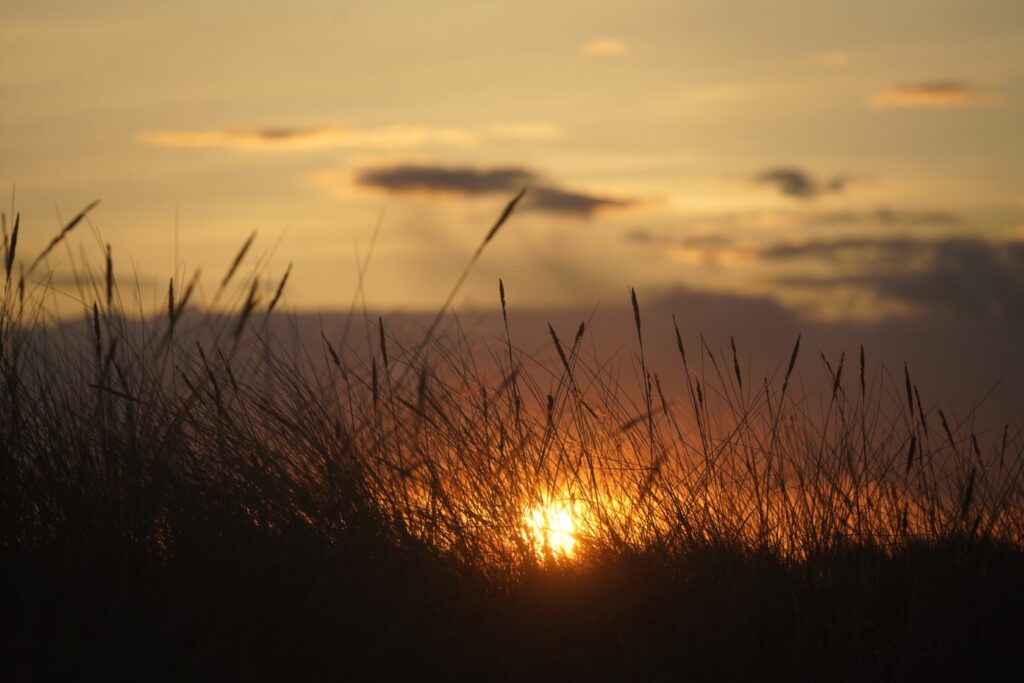
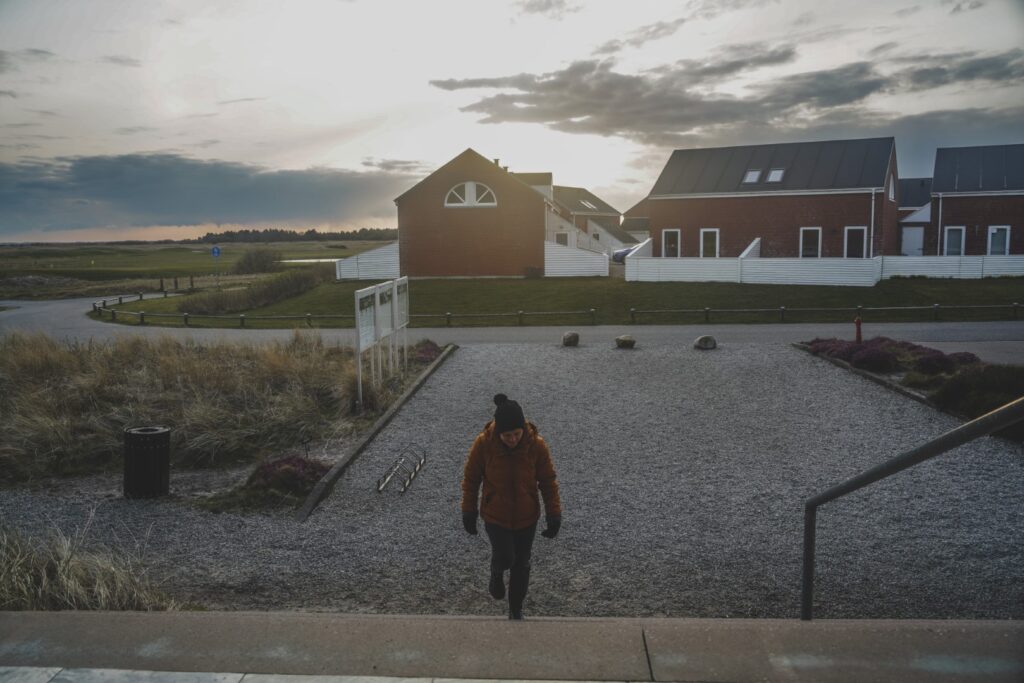
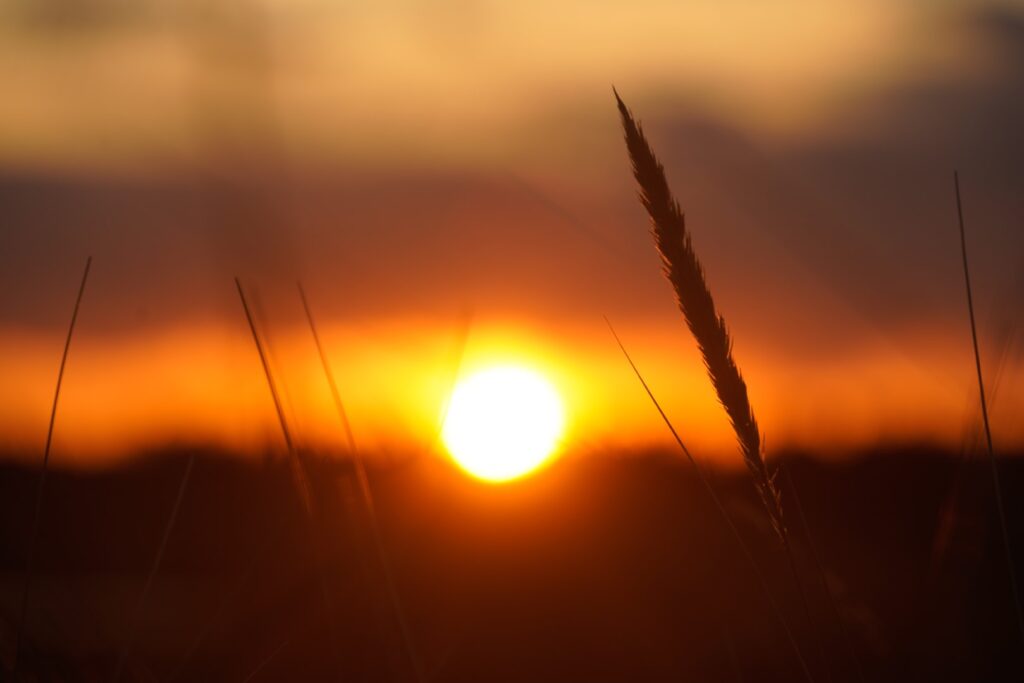
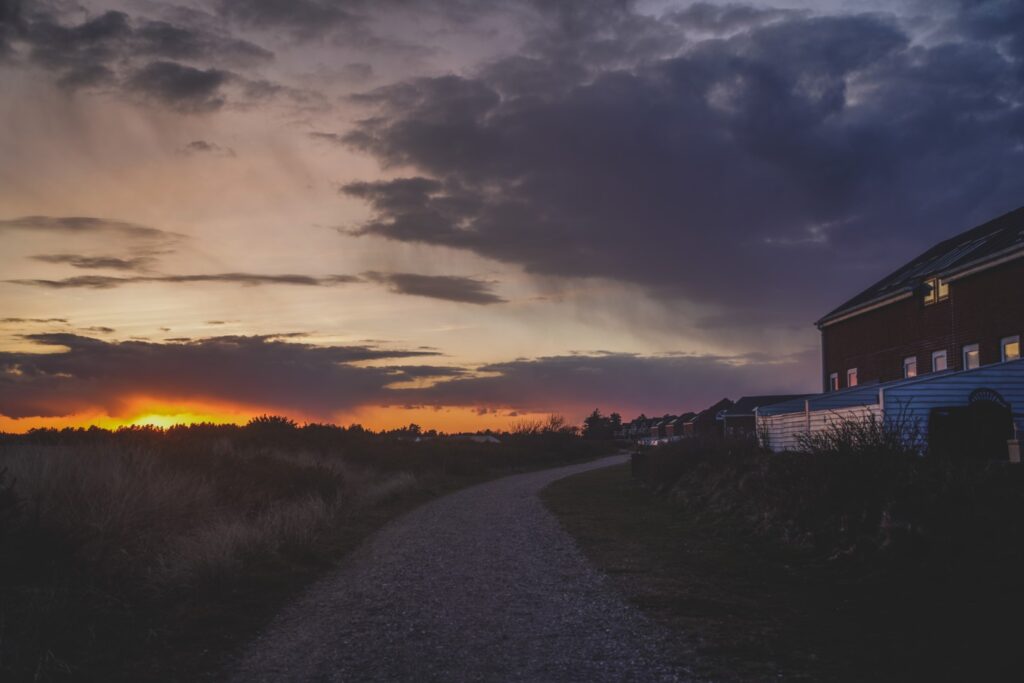
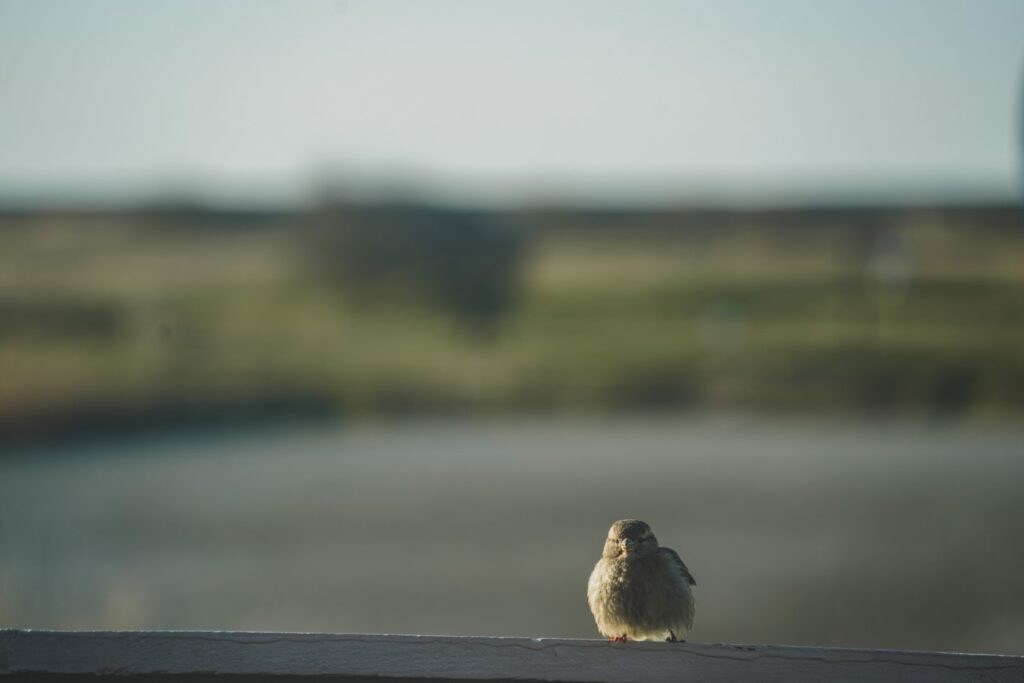

We slept in the following morning, which was much needed for me after two weeks of early mornings and late nights in Serbia. I went to the bakery to get some breakfast rolls, and then we enjoyed a slow cozy morning before getting ourselves ready for a day of exploring!
There’s a lot to see and do on Rømø, especially on a sunny day like the one we were blessed with, and I’d done my research and chosen a few experiences I thought would be interesting to all three of us. Nothing is far away on Rømø, and we had two full days to explore, so we took it easy and slow.
We only drove north for a few minutes before making the first stop, at the only church on the island, St. Clement’s Church. It was built around 1200, and the Gothic tower was added in the late 15th century. It was expanded again in the 17th and 18th centuries. The seven votive ships found within the church as well as its dedication to Saint Clement, the sailors’ patron saint, shows the great importance that seafaring has had for the island.
There was a service going on, so we just had a quick peep inside and then walked down to Den Gamle Redningsstation (‘the Old Rescue Station’), an iconic building from 1887 which is the only fire station on the island.
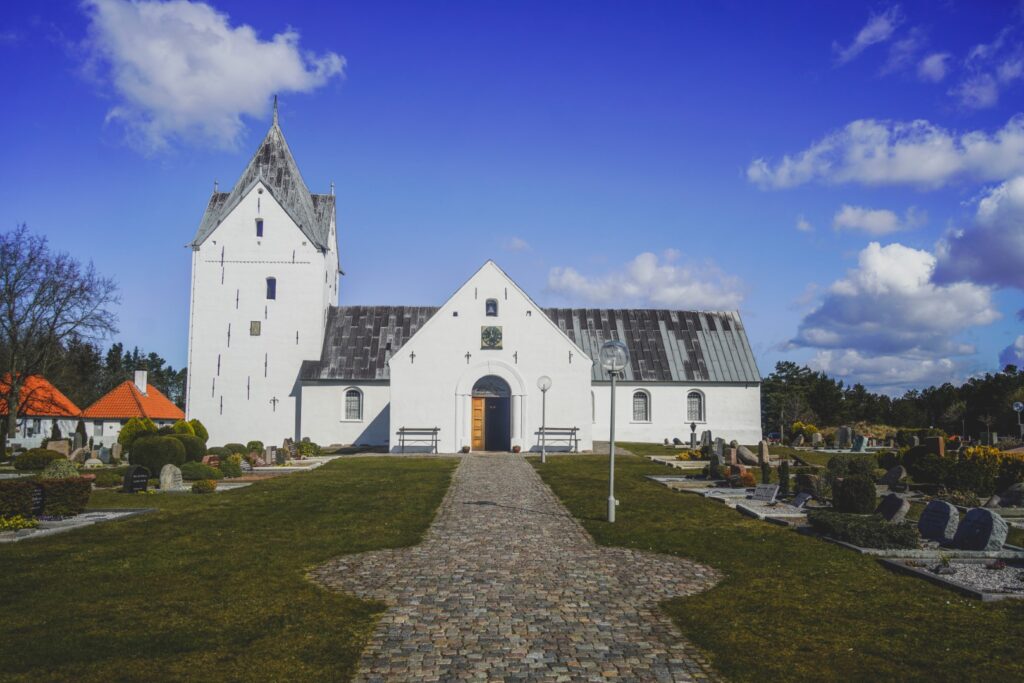
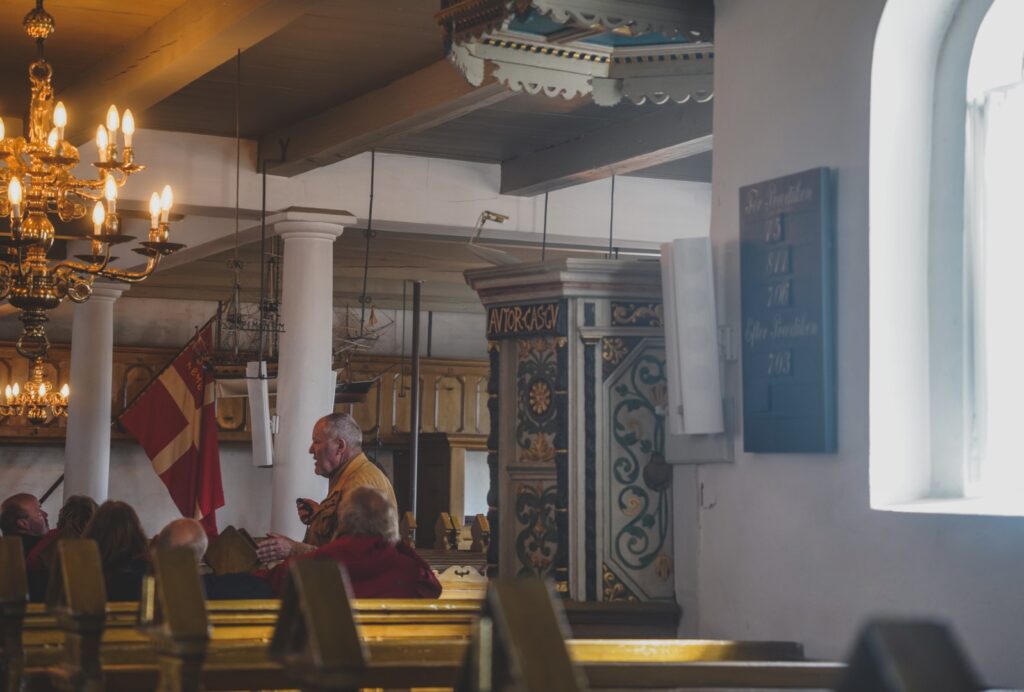
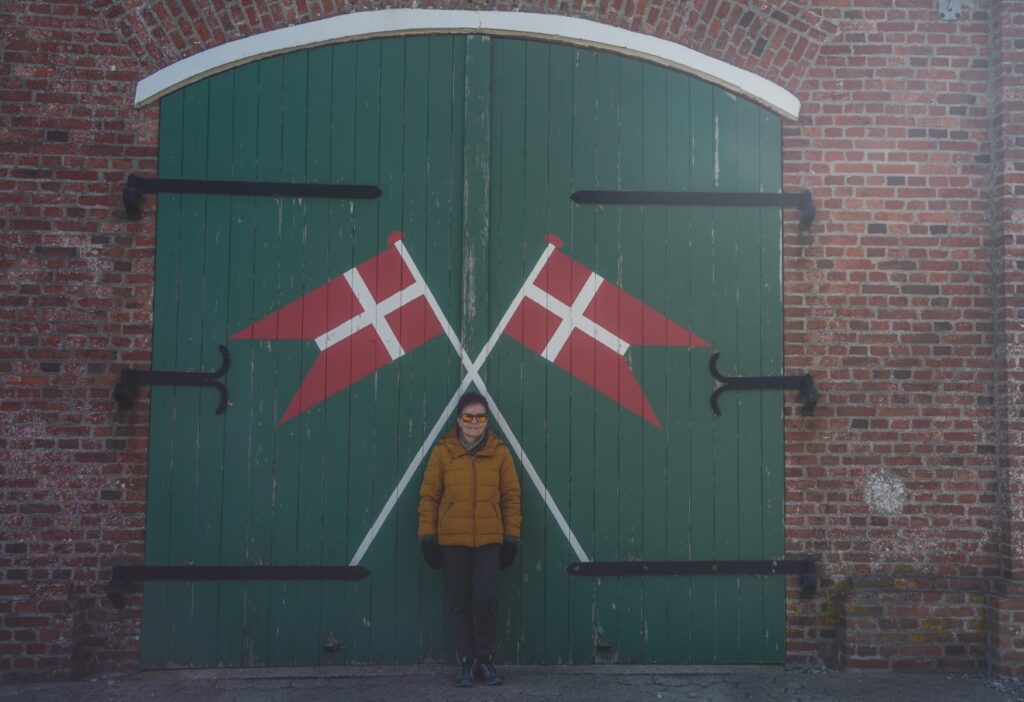
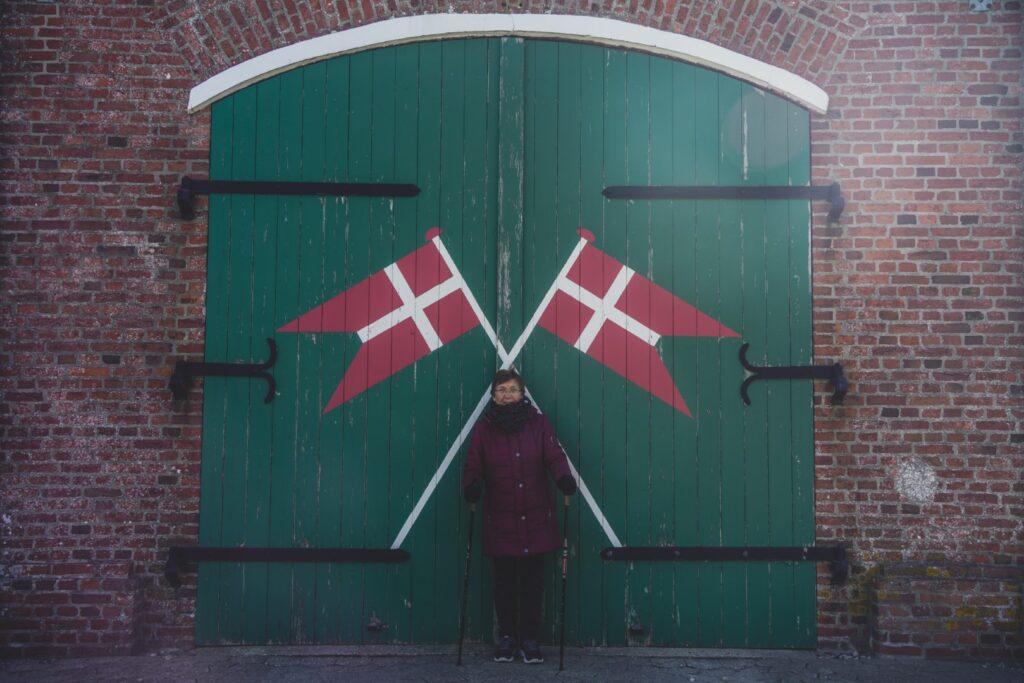
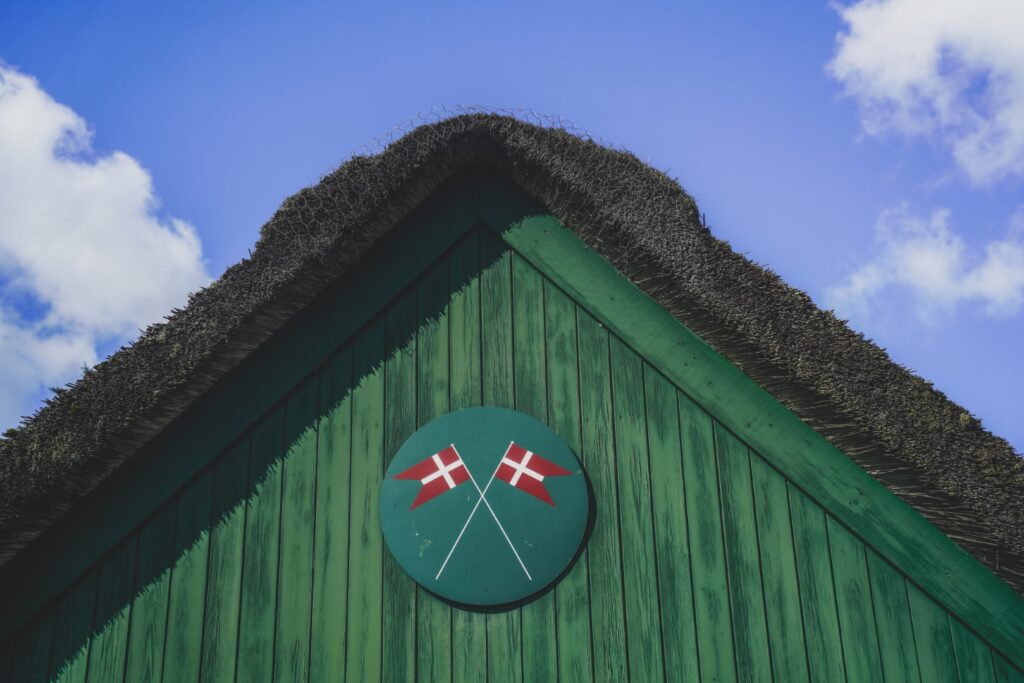

A little hike through Rømø’s unusual dune heath landscapes was up next. I chose the very very tall mountain of Spidsbjerg (a whole 18 metres!), one of the highest points on the island, as our destination goal, and then we set off on a two-kilometre trail through the pretty forest full of mountain pine. Tiny birds were singing at the top of their lungs, inviting us to take a break and just listen to their lovely song.
The landscape was flat right up until we reached the hill which towers slightly above the other hills in the area. A staircase leads to the top of Spidsbjerg where we were rewarded with an incredible view over the island. This was my favourite spot of the day. You don’t need high mountains to find a beautiful view!
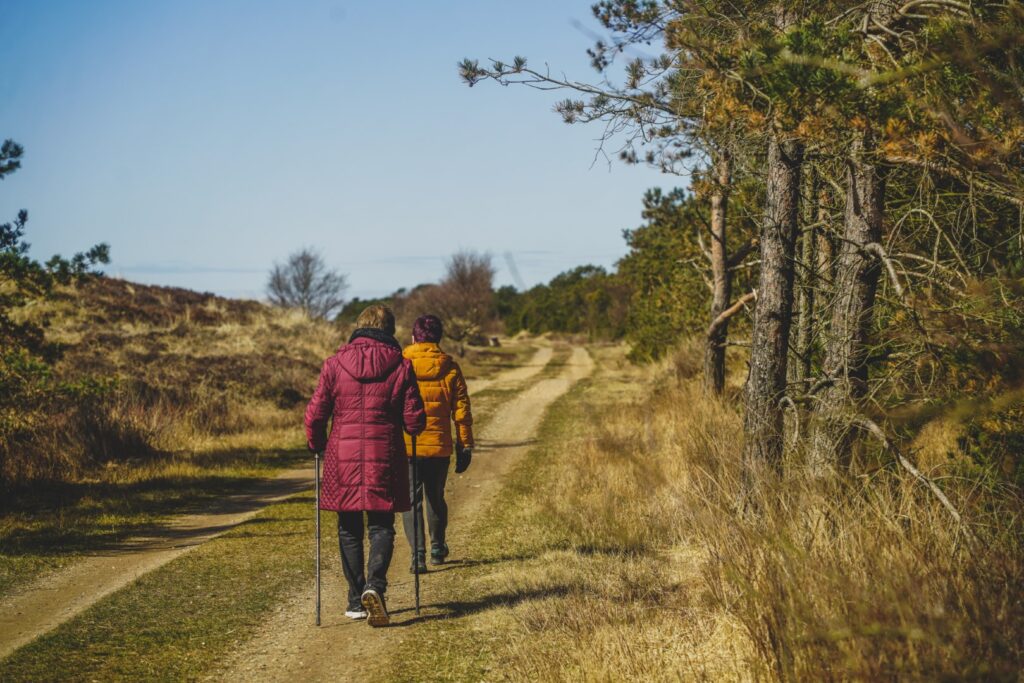

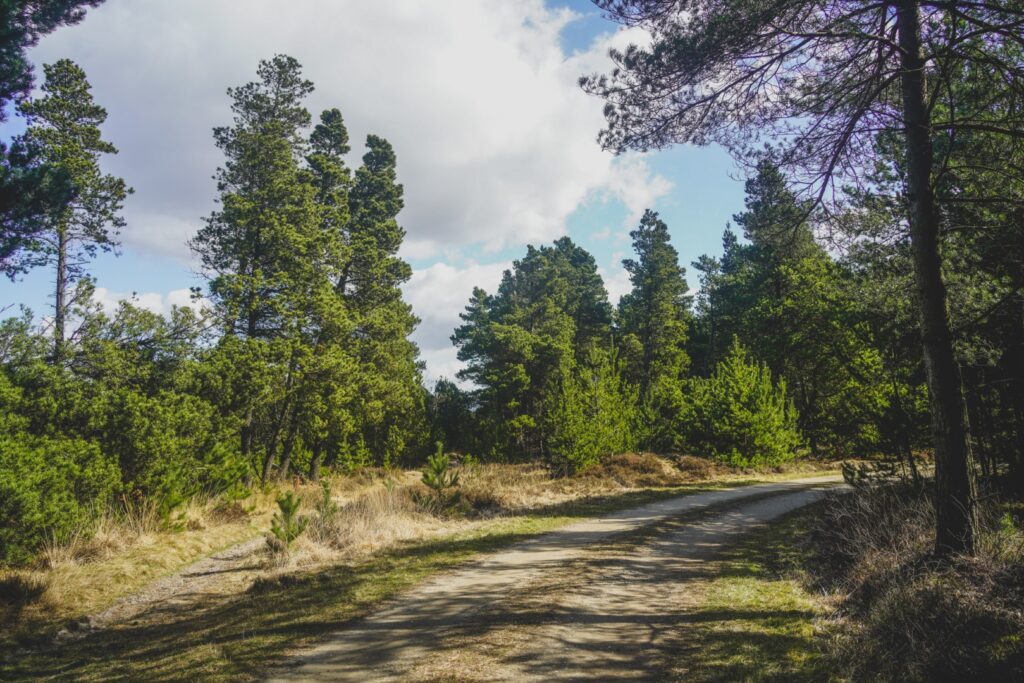
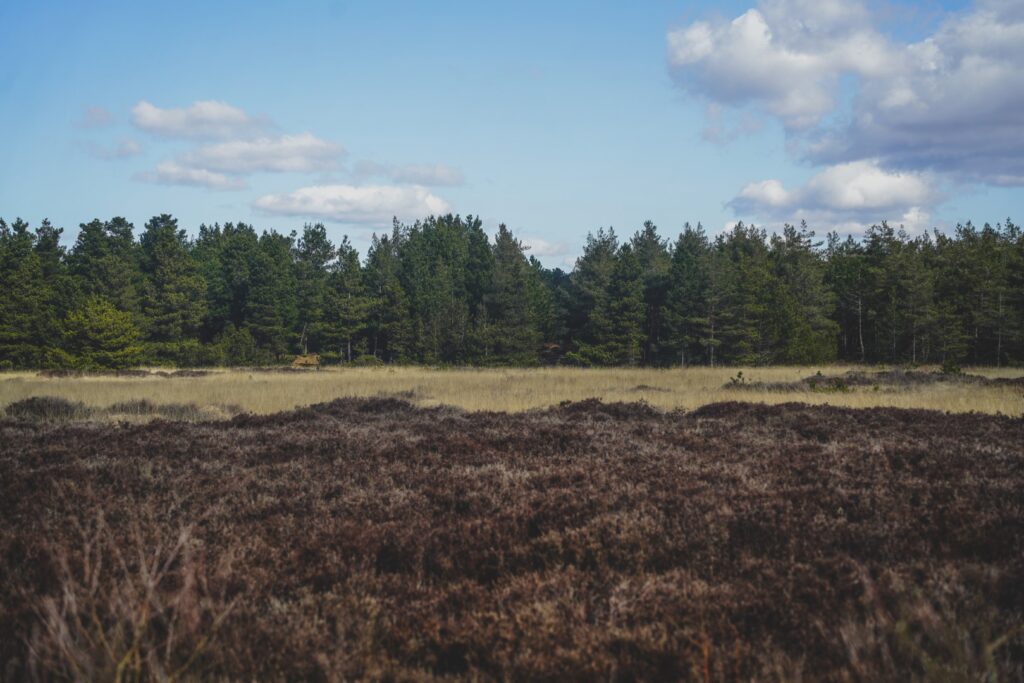
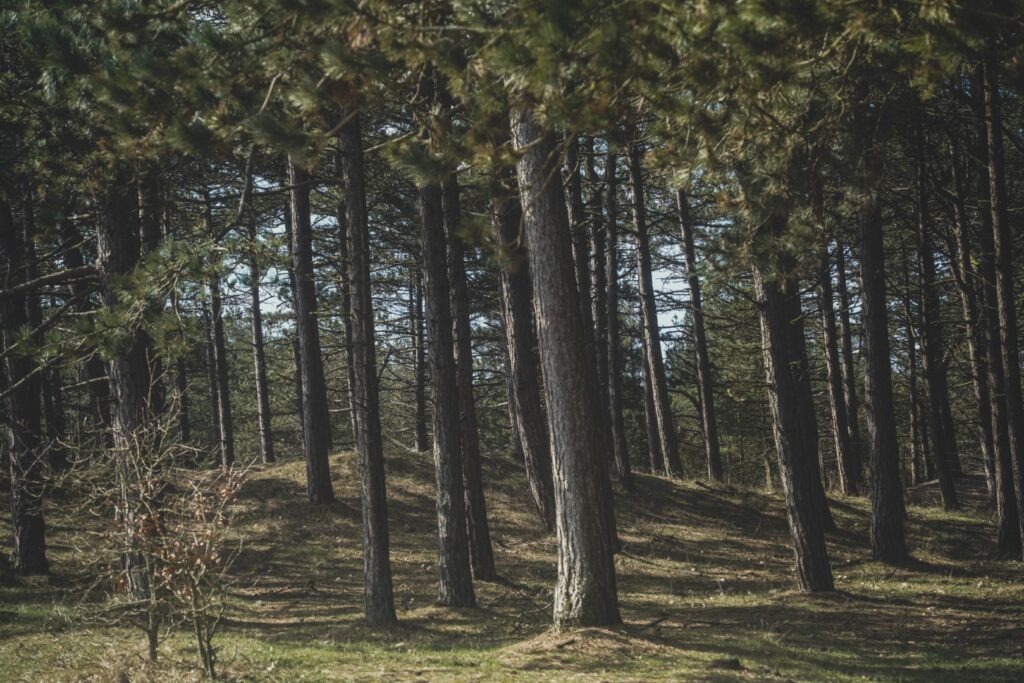
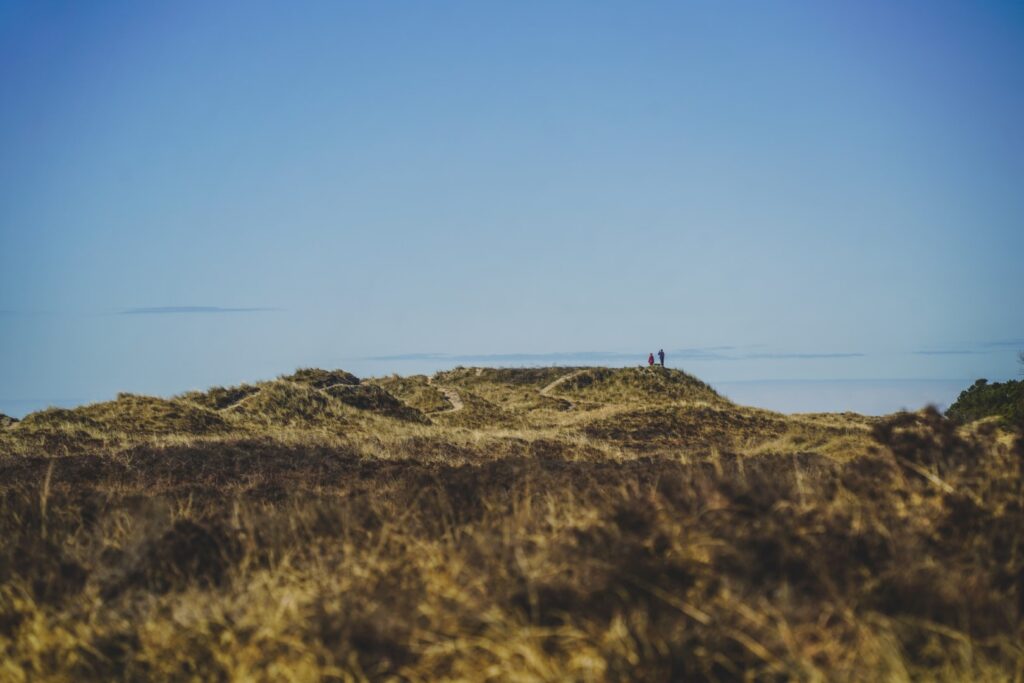

Back in the car, we continued further north, keeping a lookout for antique and second hand shops. It wasn’t long until we found one, Hattesgaard, which is not only an antique and second hand shop, but also a very very cozy café with the prettiest cakes I’ve ever seen (all decorated with edible flowers!). Unfortunately, their prices were sky-high, even for the smallest of cakes, and although they had many pretty items for sale, we didn’t find anything reasonably priced, so we went on our way again.
We left the main road and headed to Lakolk, Rømø’s number one holiday destination. The tiny holiday village is home to a shopping centre full of local crafts, clothes, everything you need for a holiday by the beach, ice cream shops, cafés and restaurants. We spent a while here looking at all the shops and enjoying waffles and churros inside a cozy café.
Just beyond the shopping centre lies Lakolk Beach, which stretches from the southern point to the northern point of Rømø, covering the entire west side of the island. The beach is very special because of its enormous length and width, and because it’s possible to drive onto the beach. Yes, drive! It’s even possible to drive all the way down to the ocean! That was a really special experience which brought back memories of a childhood trip to the nearby island of Fanø where we got stuck in the sand doing the same thing – but in December!
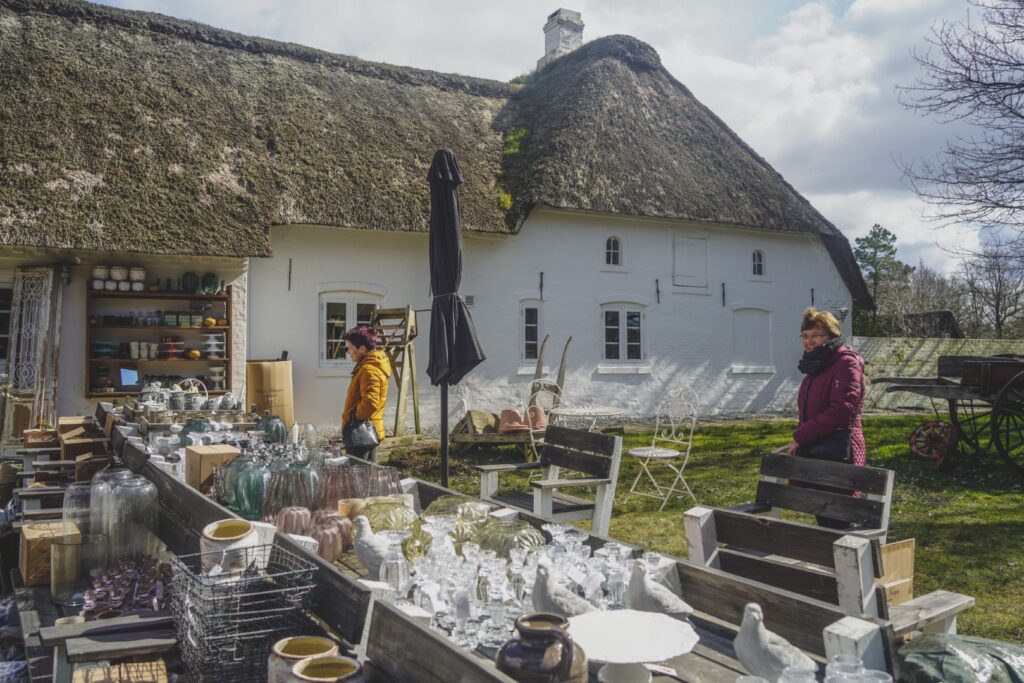
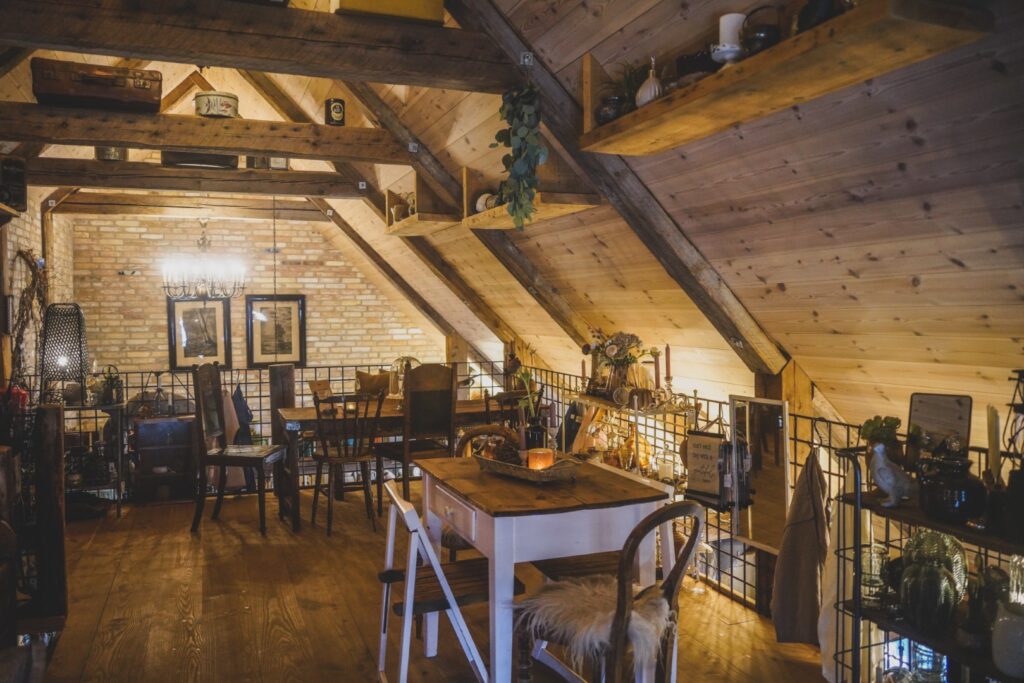
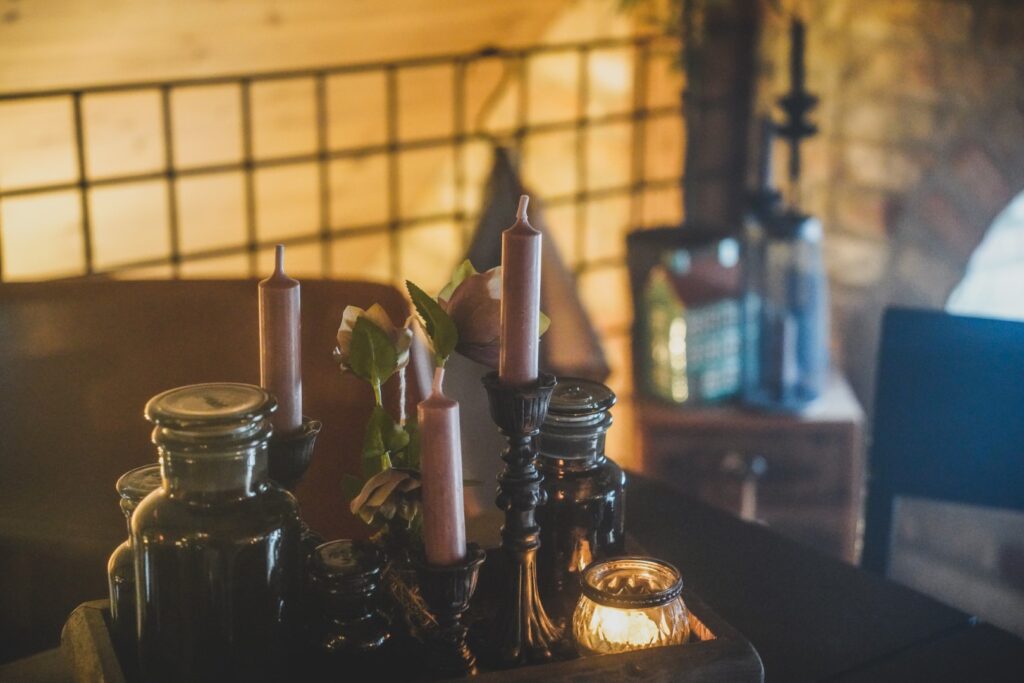
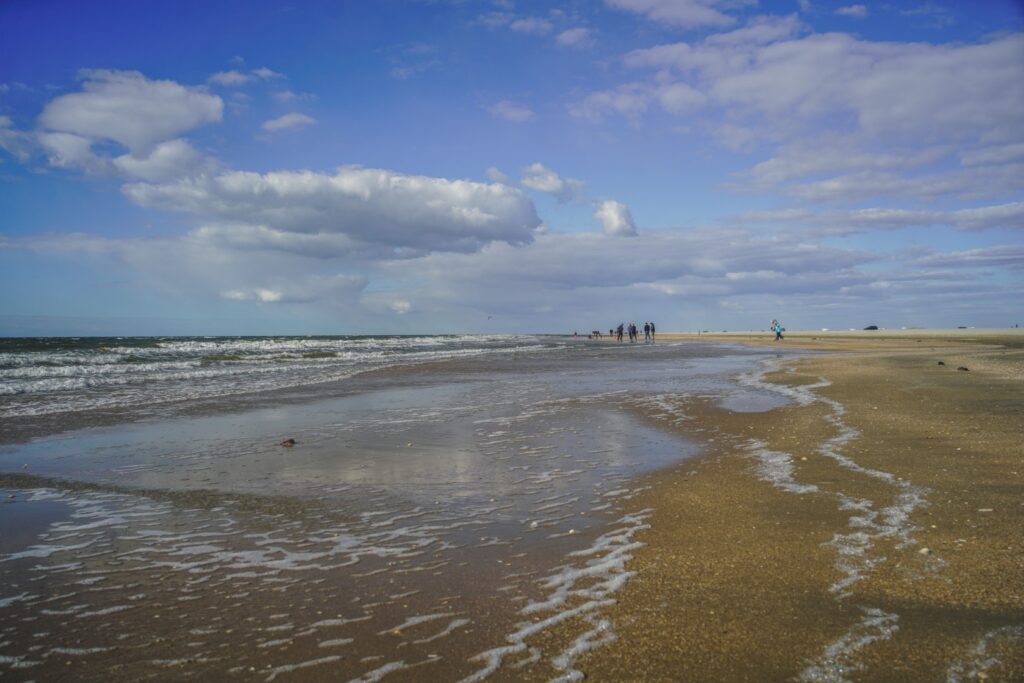

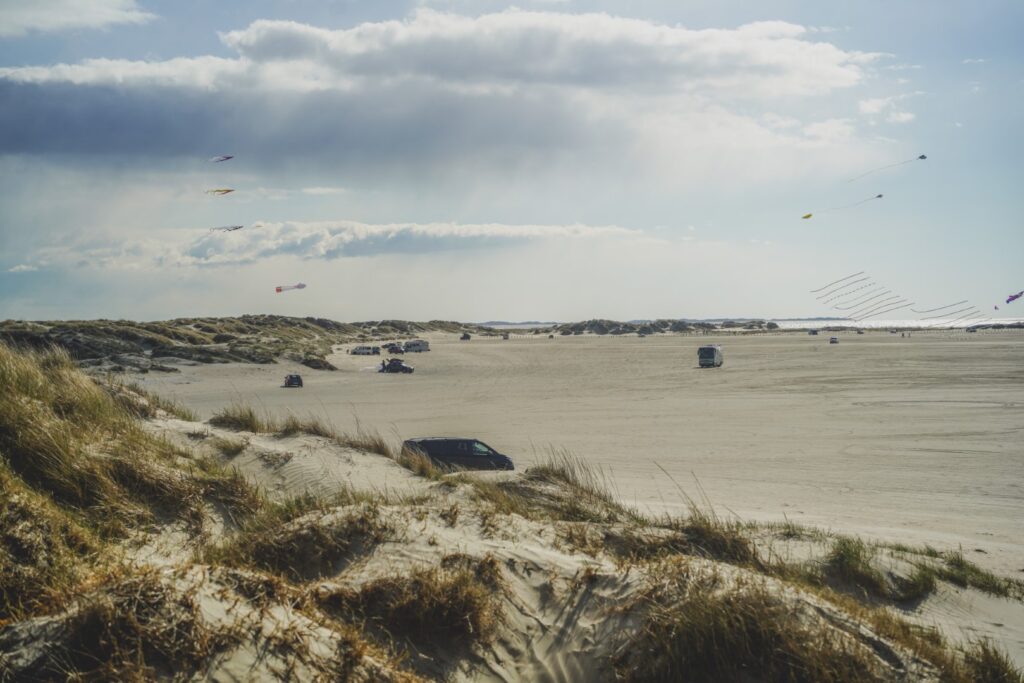

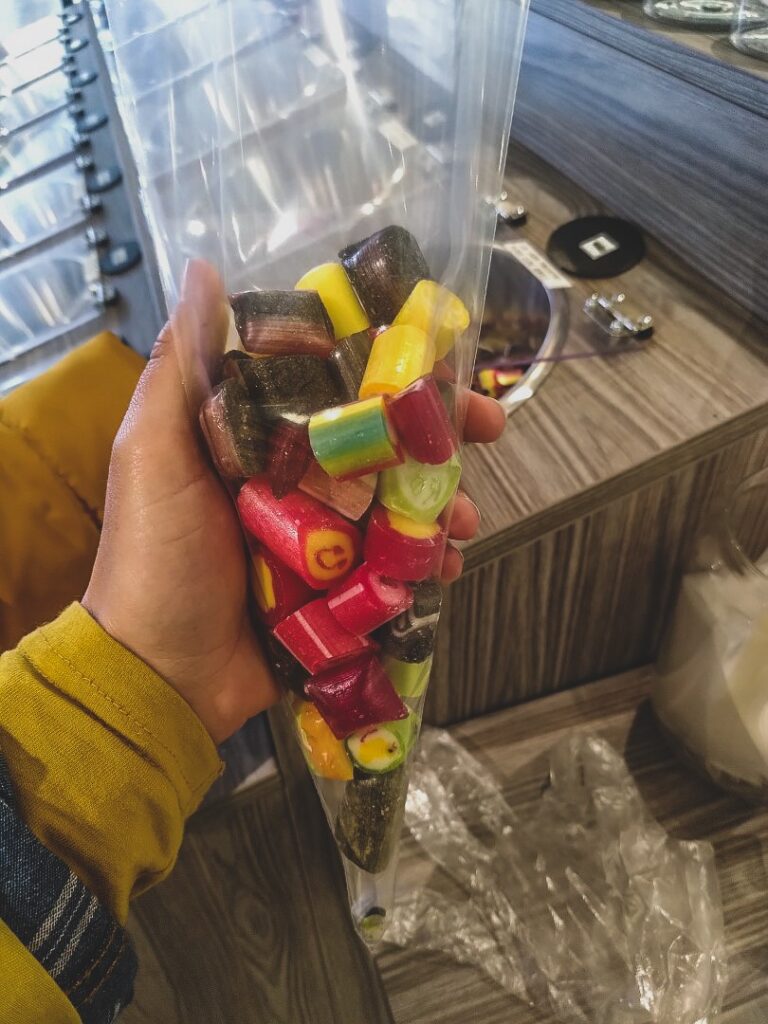
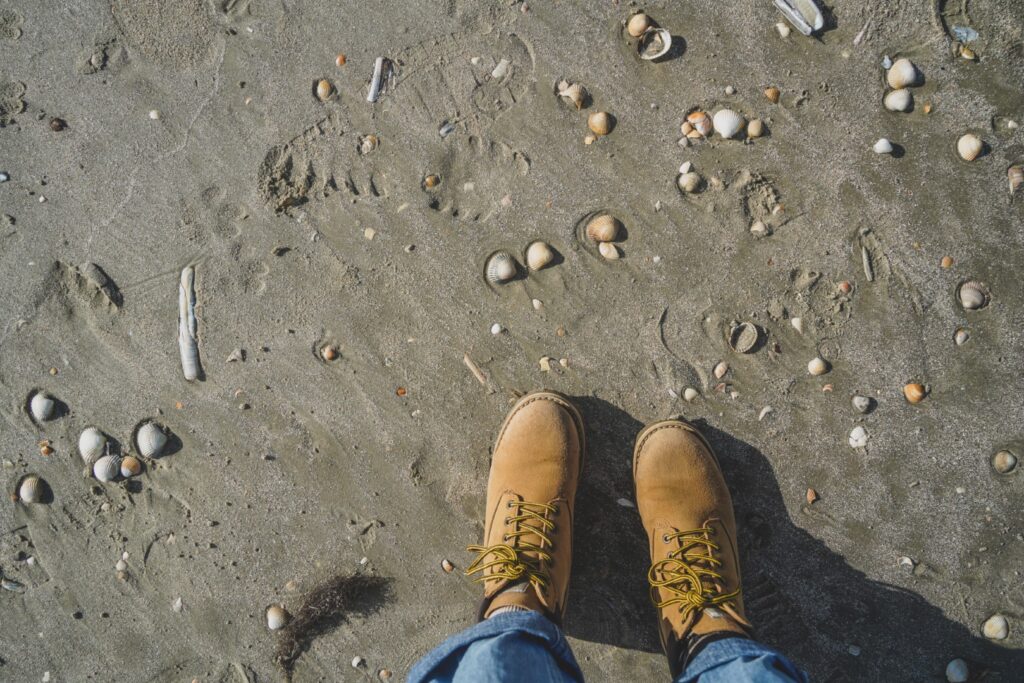
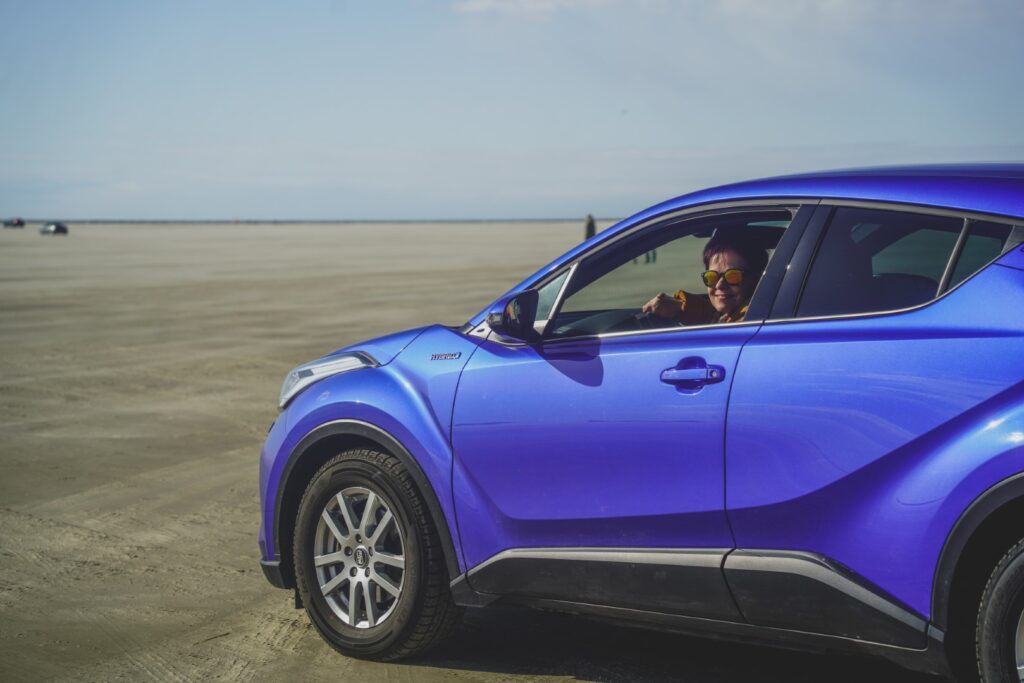
We headed back to the apartment after our little beach adventure, for a game of Yatzy which I lost big time. A few hours later, sunset was approaching, so I talked my mum and grandmother into going on a little adventure to the southern part of the long beach where you can also drive out to the sea.
We made it there just in time for the sun to bid farewell, and were rewarded with a beautiful sky of pink and purple hues. The sun put on a dramatic show when she peeked out from under the clouds moments before disappearing beneath the horizon.
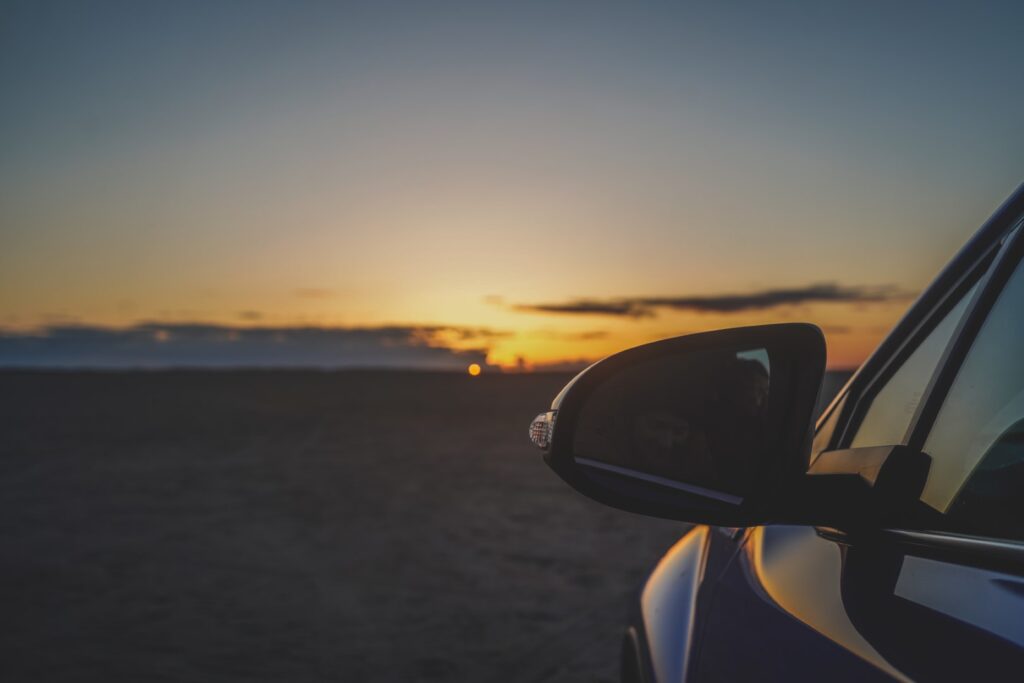
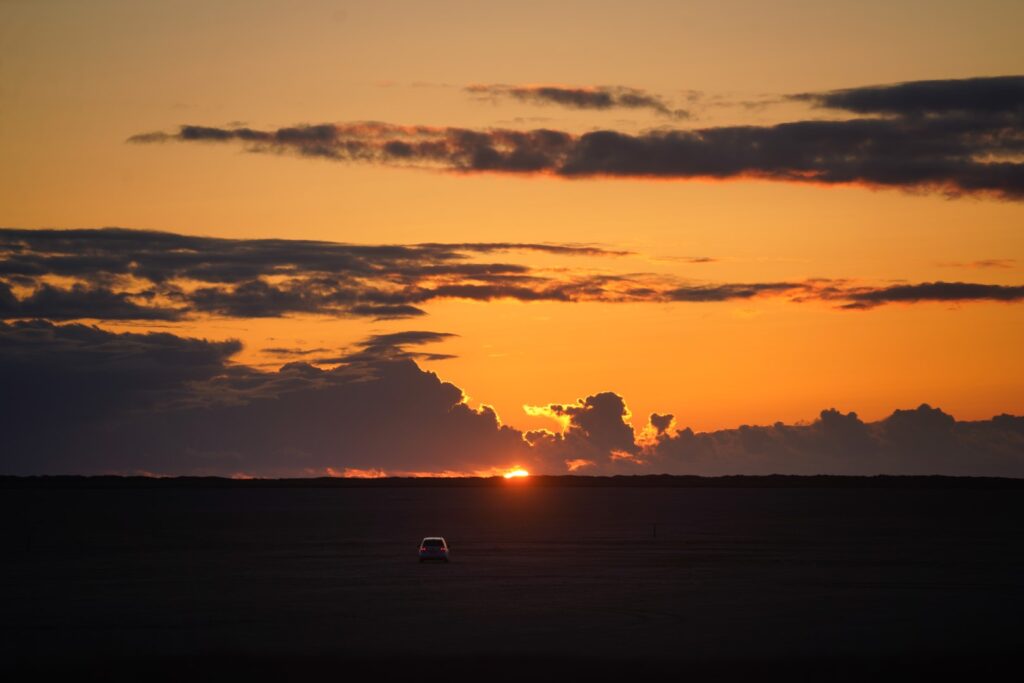
We had another cozy slow morning the following day before heading out to explore more of the island. We only drove a few hundred metres before making the first stop, in “our” small village, Havneby.
Havneby is Rømø’s harbour town, connected to the German island of Sylt with frequent ferry departures. There’s not a huge lot to see or do in Havneby, except for two cannons from 1644. They stem from the Torstenson war, which was a short conflict between Sweden and Denmark-Norway from 1643 to 1645 towards the end of the Thirty Years’ War. During this war, Rømø was occupied by the Swedes, and much of the island was burned down. The cannons are thought to originate from one of the ships that participated in the conflict. In 1932, the cannons were placed in their current spot on top of a hill with a view over the harbour.
Wanting to go on a little walk, I led us down a road with a sign saying “Landsende”, which means “Land’s End”. I was hoping to reach the end of the island for a close look at Sylt, but the gravel road brought us to the very spot my mum and I explored on our first evening. So we turned around and went north, aiming for a small beach on the east coast which I’d spotted on the map. Since all tourists flock to the enormous beach on the west side, we had this little gem of a beach to ourselves. Full of pretty shells and with a wonderful look to the Danish mainland, it was the perfect place for a quiet moment and a short walk.

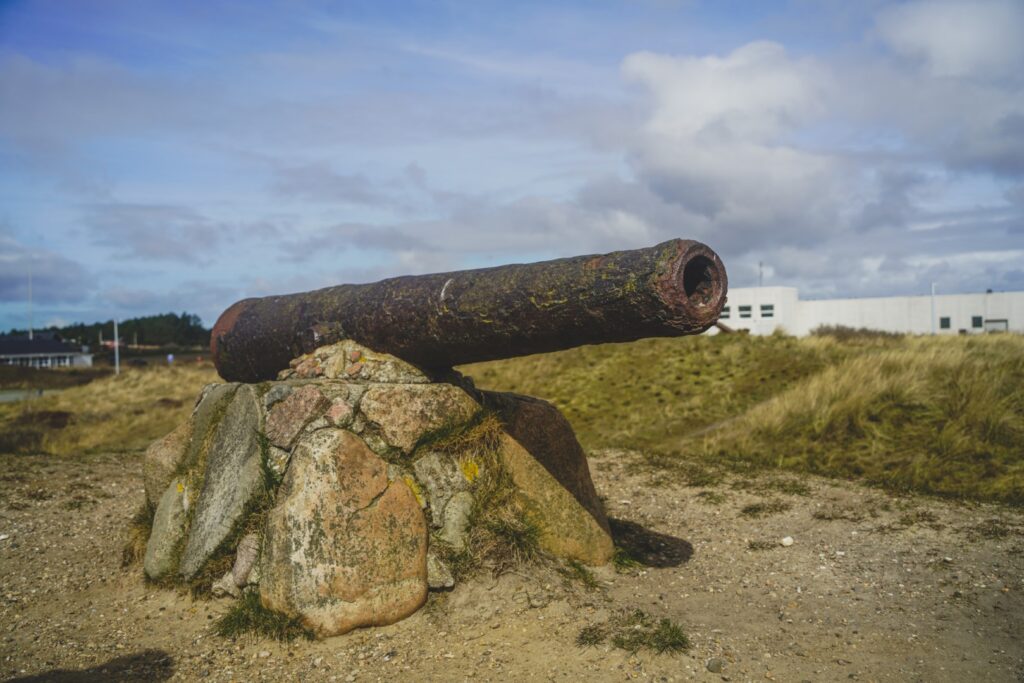

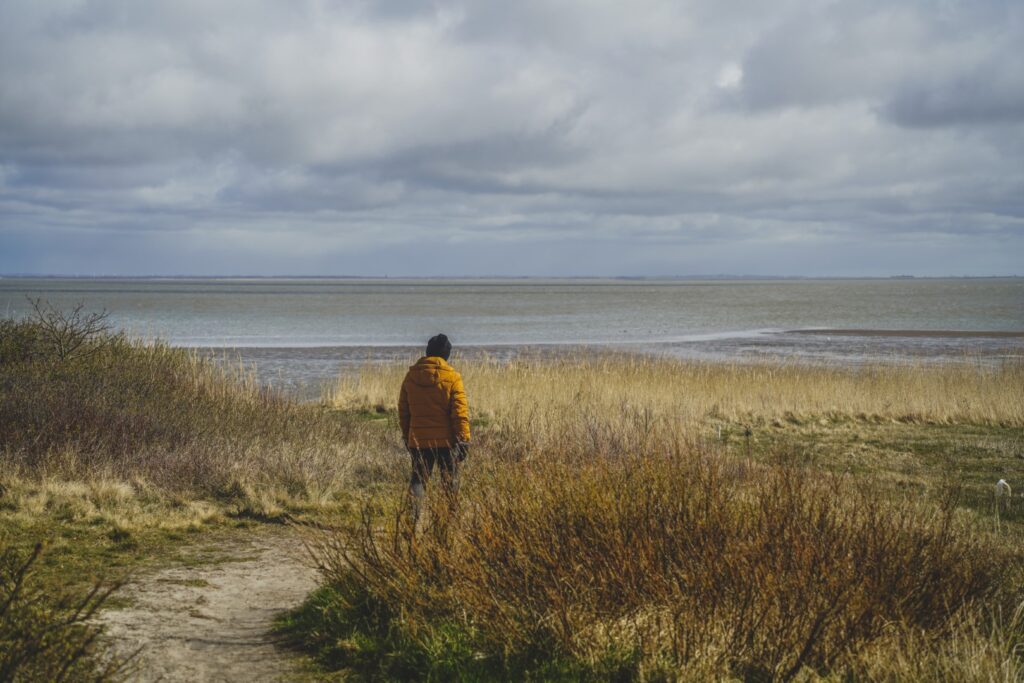
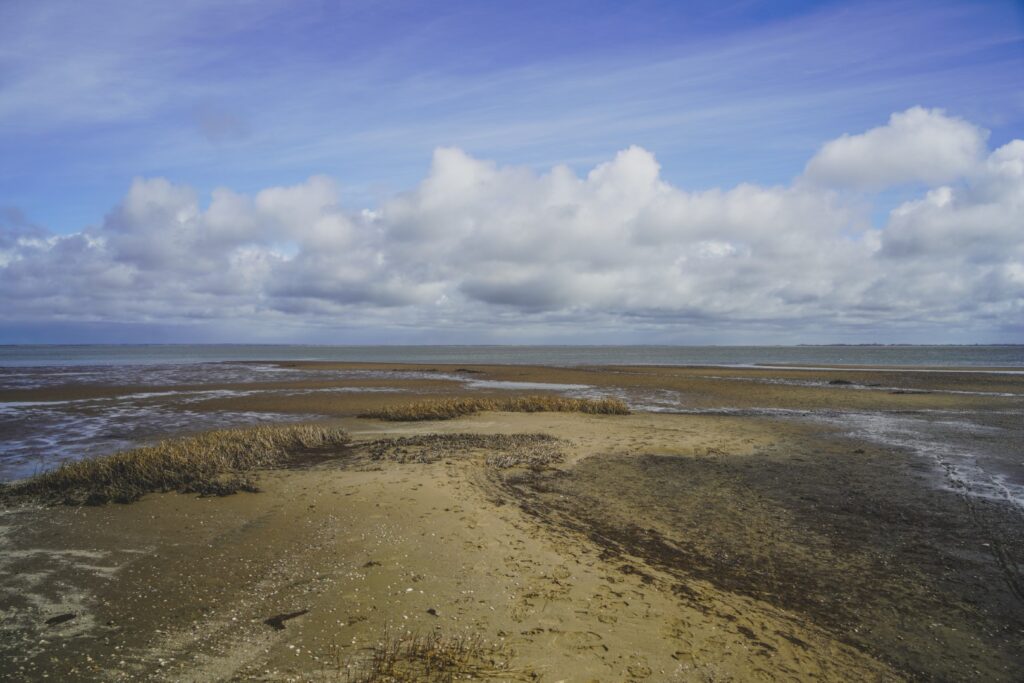

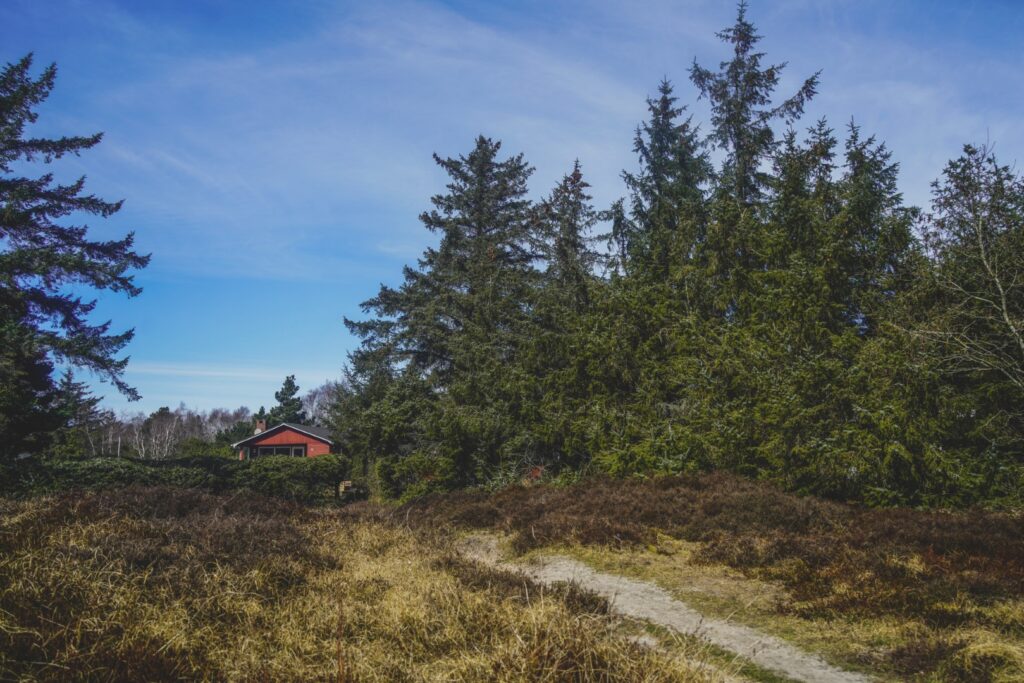
It was time to drive to the northern end of the island where the map showed there’d be a viewpoint, just north of the village of Juvre. Sure enough, there was a view – of some sort – but it was certainly not the scenic view we’d been expecting. Instead, it was a view of the military training area of Rømø’s northern end.
Thankfully, Juvre did have an interesting sight to offer. The whale jawbone fence. This unique fence dates to 1772, a time when a large number of Rømø’s men took part in whaling on Dutch and German ships near Svalbard and East Greenland. They would bring the large jawbones of the bowhead whale back with them to Rømø where they were used as building material since wood was scarce. The fence is 17 metres long and a metre tall, and consists of 54 sections of jawbones!
We also made a quick stop at Kommandørgården, which is one of the oldest and most prestigious farms on the island, belonging to a captain of one of the large whaling ships. Since 1600, the farm has been owned by the same family, and it has been passed down through twelve generations. Today, the farm is a museum which shows the living space as it was at the end of the 18th century. In the barn, a huge skeleton from a sperm whale that ran aground on Rømø in 1996 is exhibited. Unfortunately, the museum wasn’t open when we visited but the building itself is exquisite and well worth a photo stop.
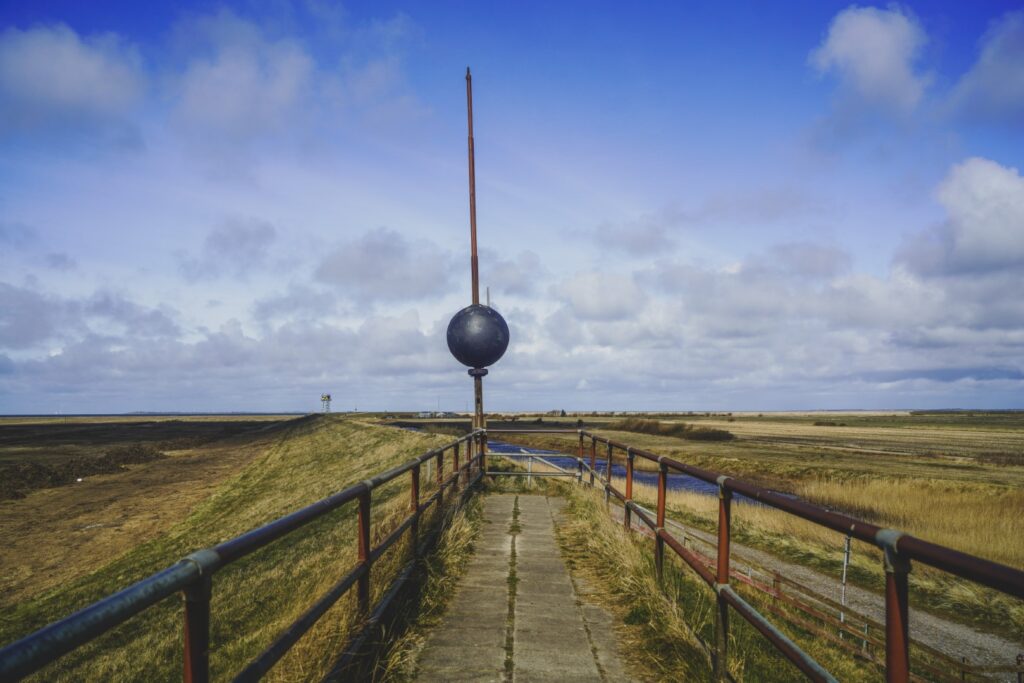
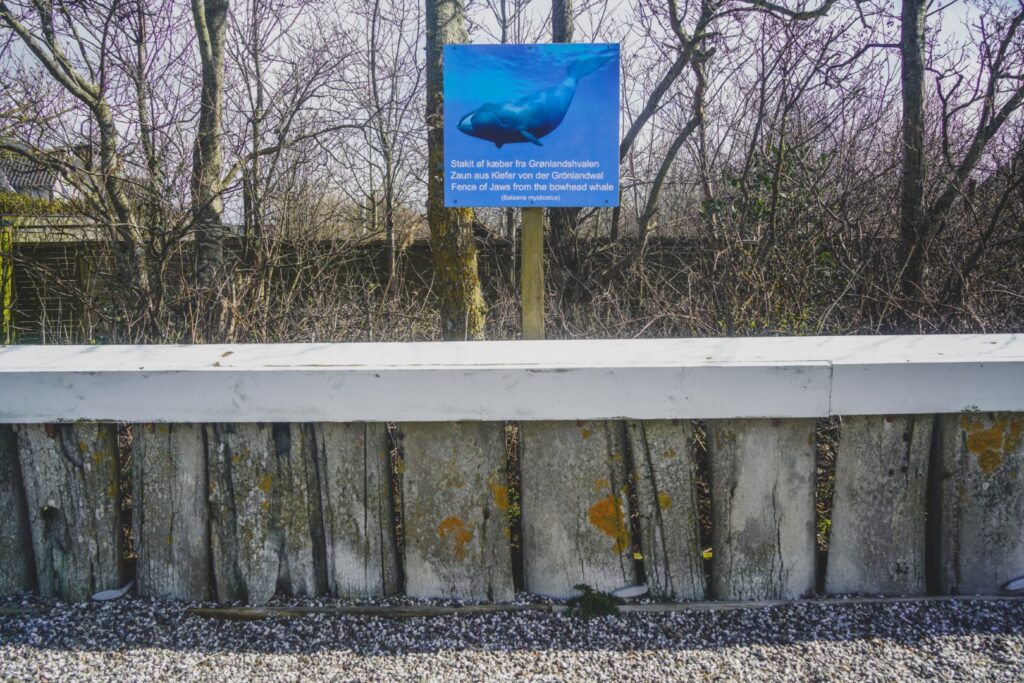
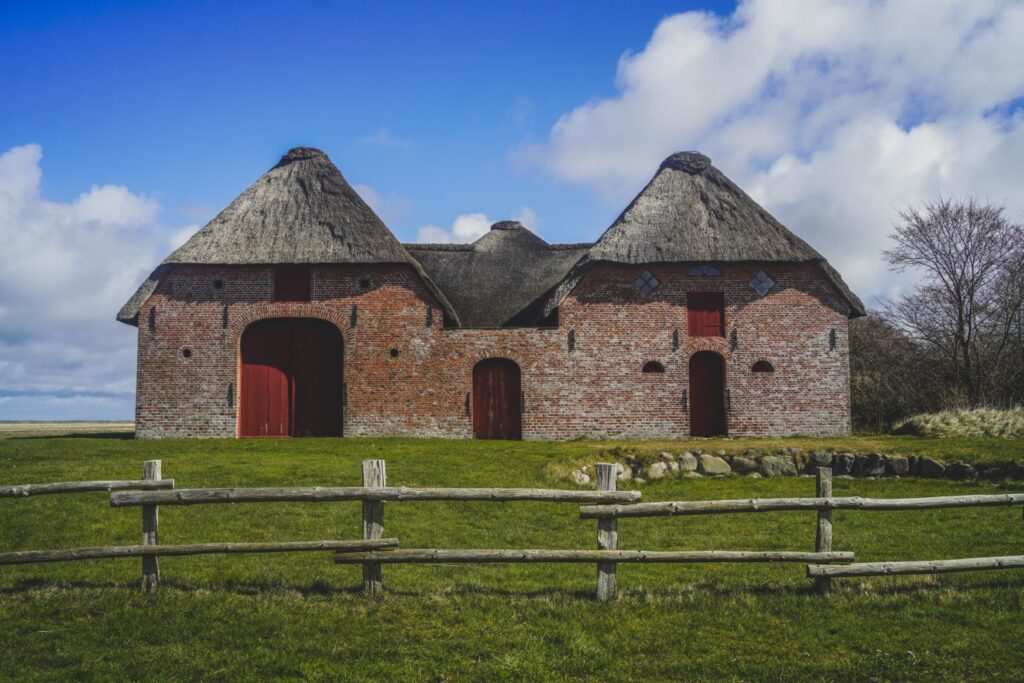
We headed back to our apartment for a few hours of yatzy (which I lost… again!) before driving up to Lakolk for our evening meal. We ate at Café Fru Dax which served a delicious vegan burger with crunchy fries for me, and fish & chips for my mum and grandmother.
With full stomachs, we parked near Tvismark Plantage and walked into the forest for a little evening adventure. Through the dune heaths we went, up and down the picturesque hills, and the views only got better as we went along. I really love lush landscapes like this! The area is full of bunkers left behind from the Second World War, in fact 15 of the 50 bunkers on Rømø are located within these hills. Most of them are locked, but we did manage to find one that was open to be explored!
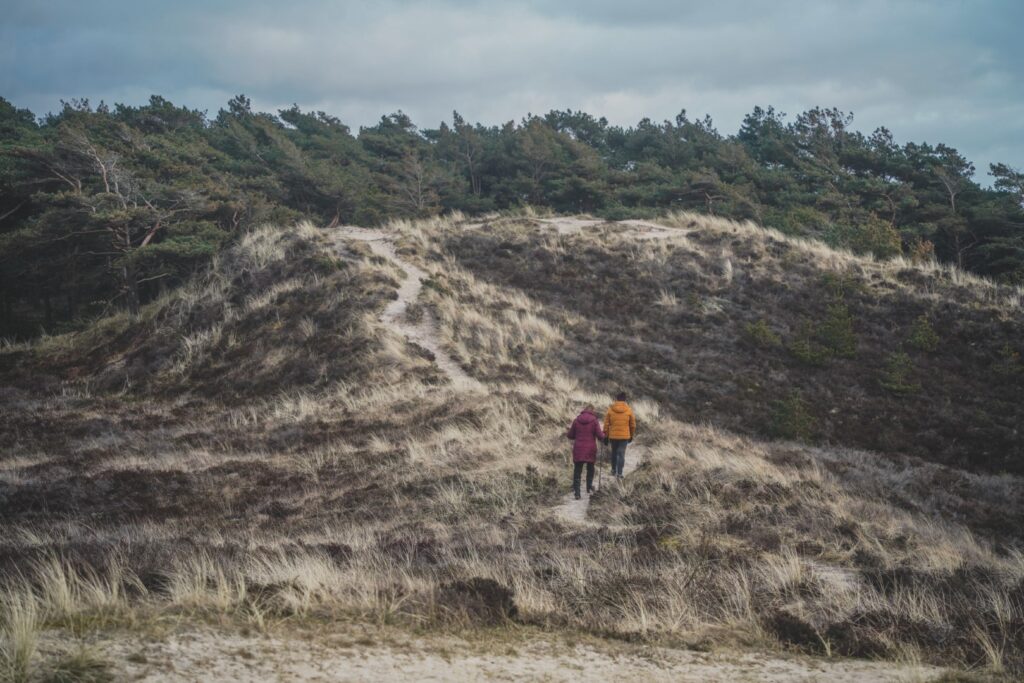

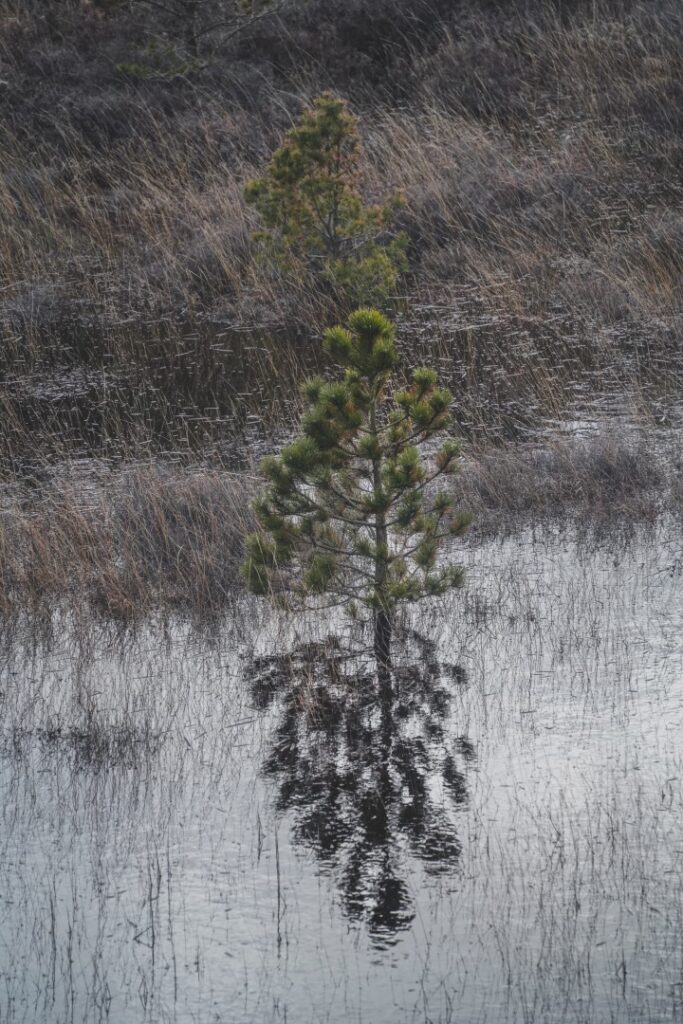
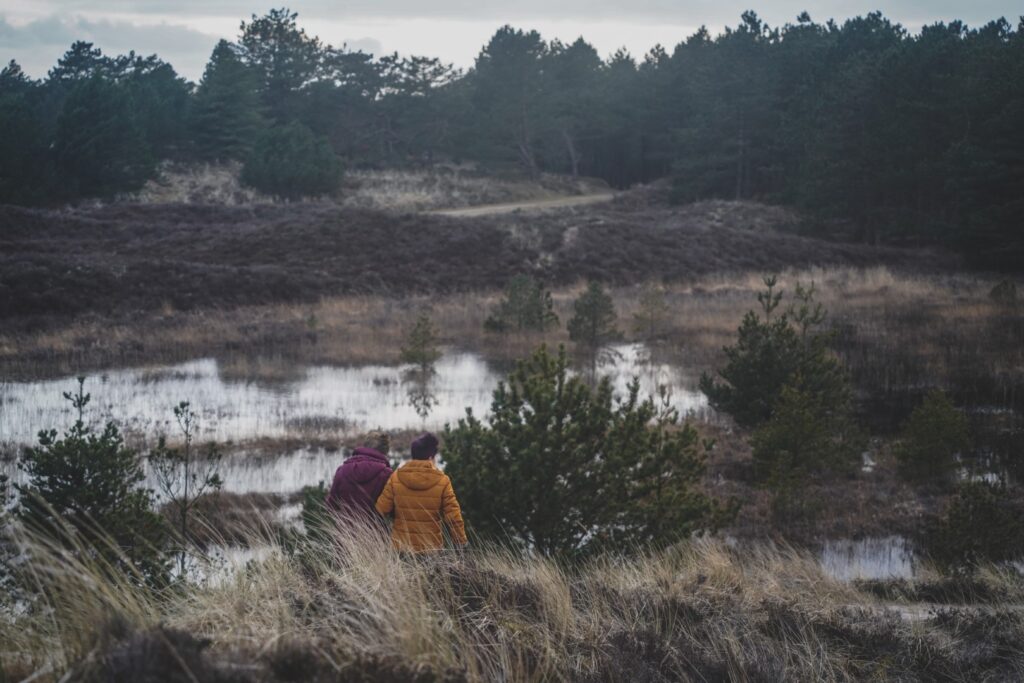
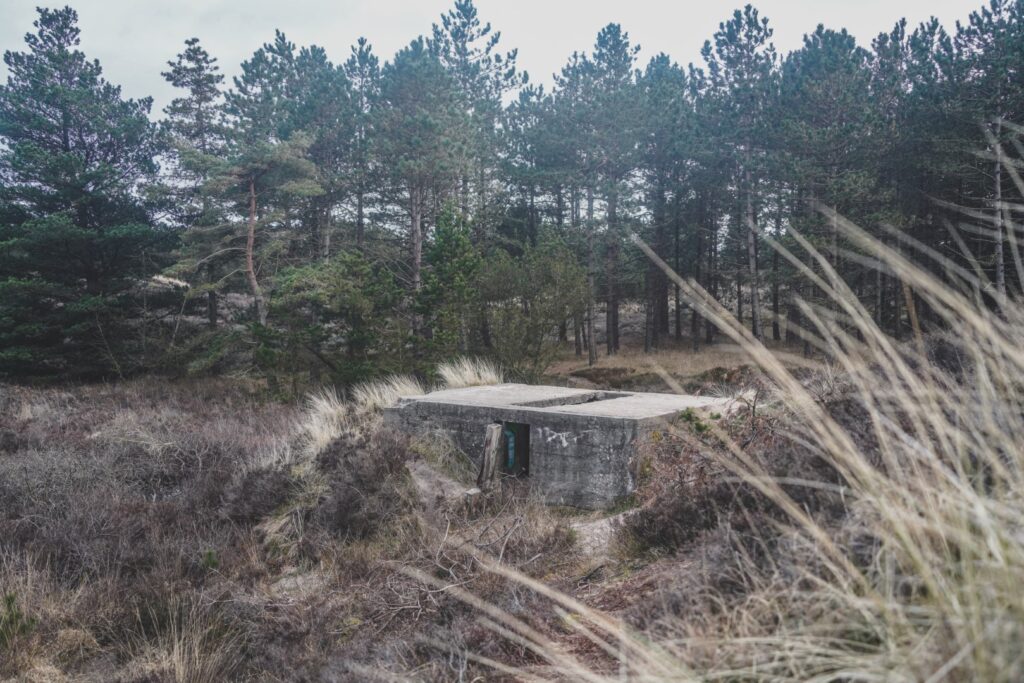
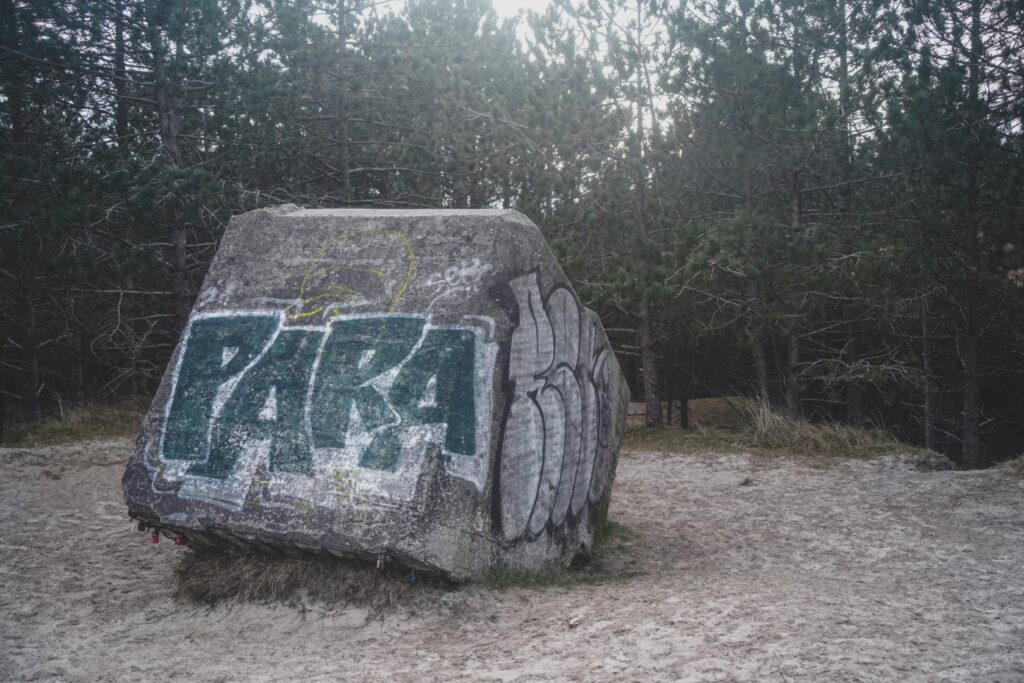
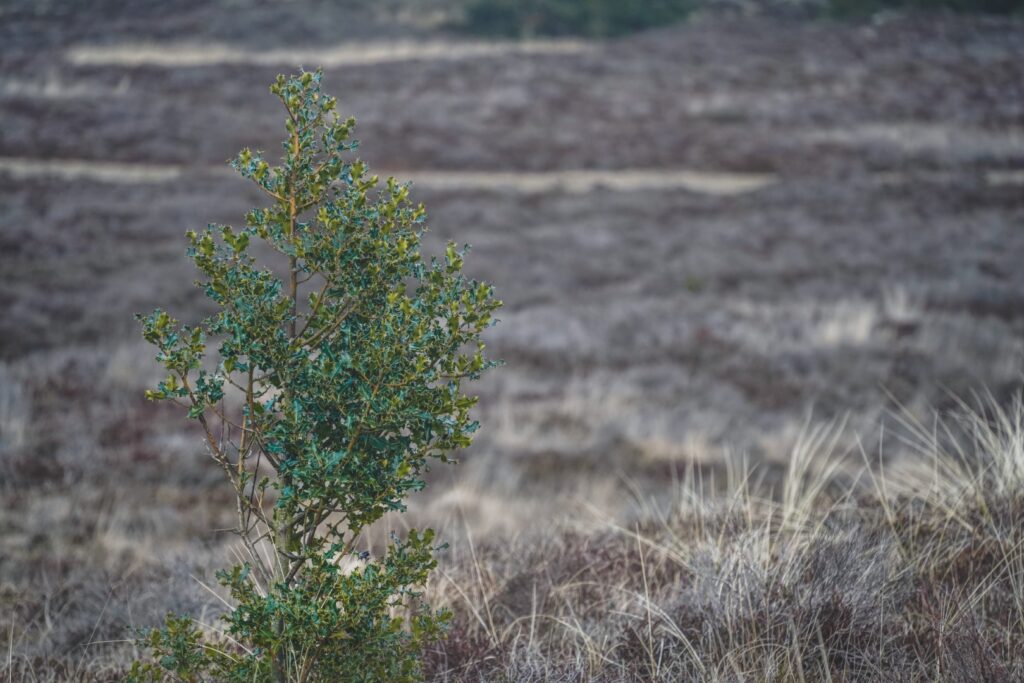
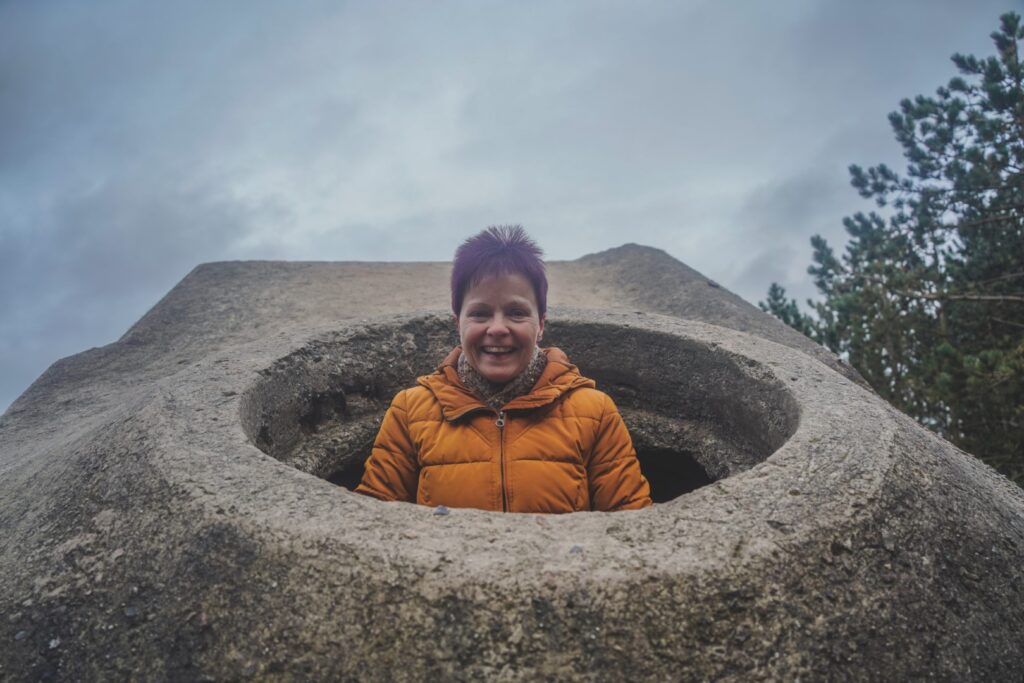
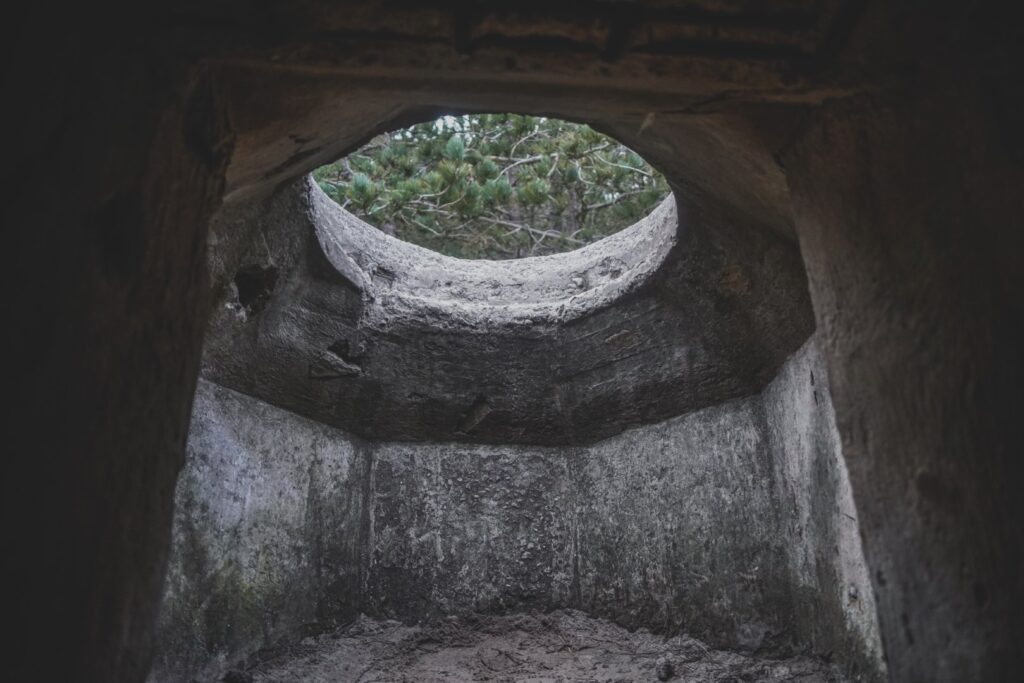
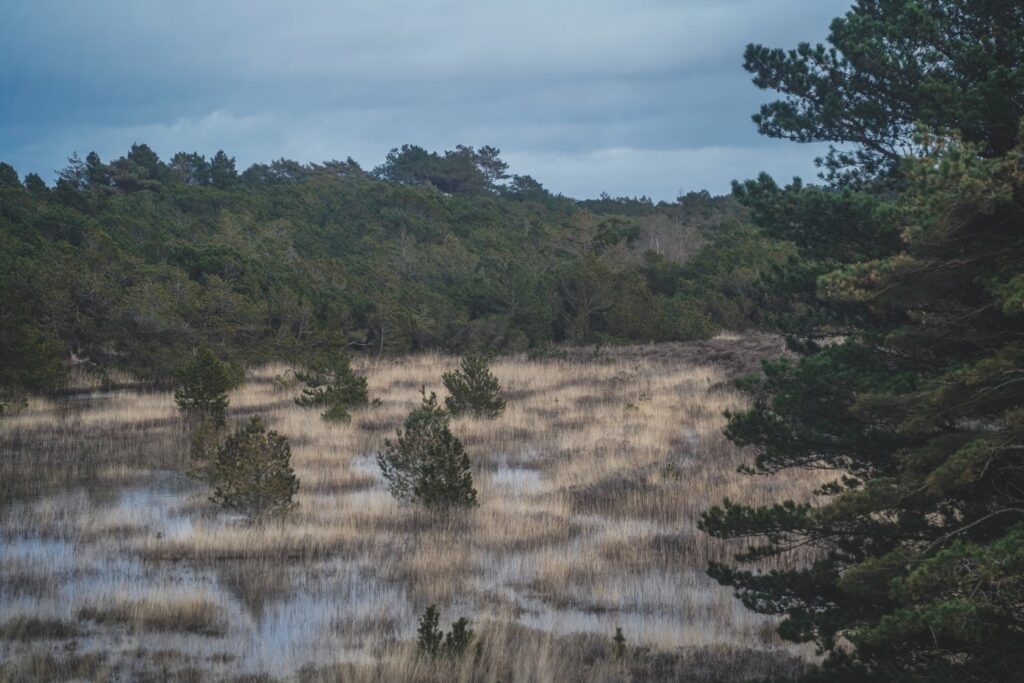
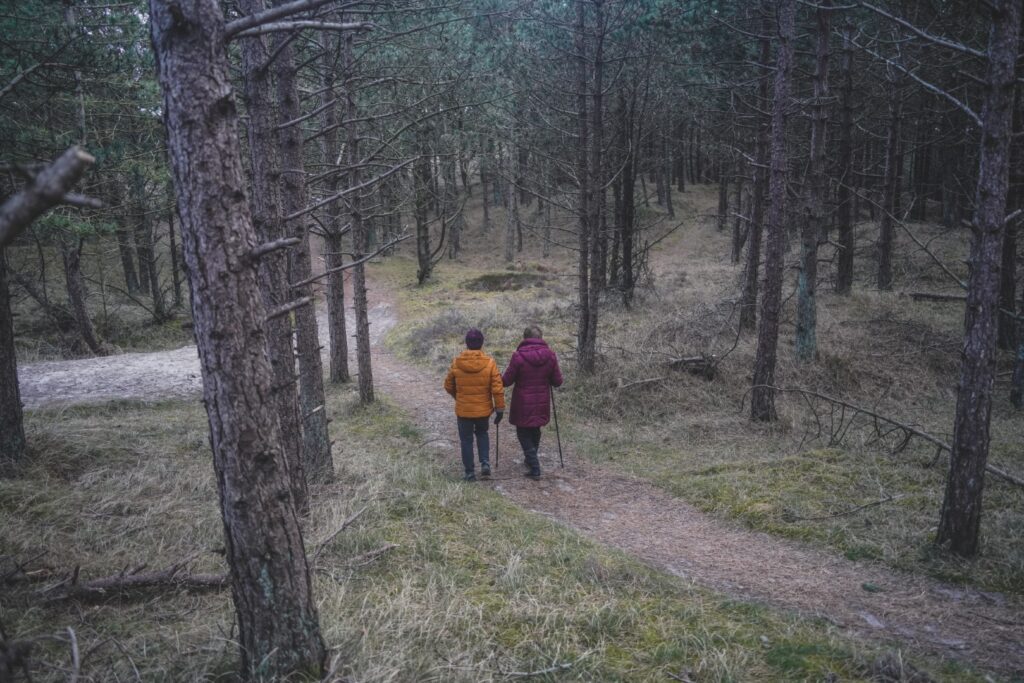
Tvismark Plantage was a beautiful final destination on Rømø before calling it a night, and leaving the island the next morning. I really enjoyed these few days of tranquility and slow exploring on Rømø with my mum and grandmother.
I’m glad we didn’t go in the summer; even though it was a cold weekend in early April, the island was swarming with tourists, so I can only imagine how bad it gets in the summer. For this reason, Rømø didn’t feel quite as idyllic as many of the other small Danish islands that I love so much, but it has its share of unique nature and interesting historic sights and is definitely well worth a visit.
Leave a Comment
Pingback: My travel year of 2022 – Northtrotter on 30/10/2022
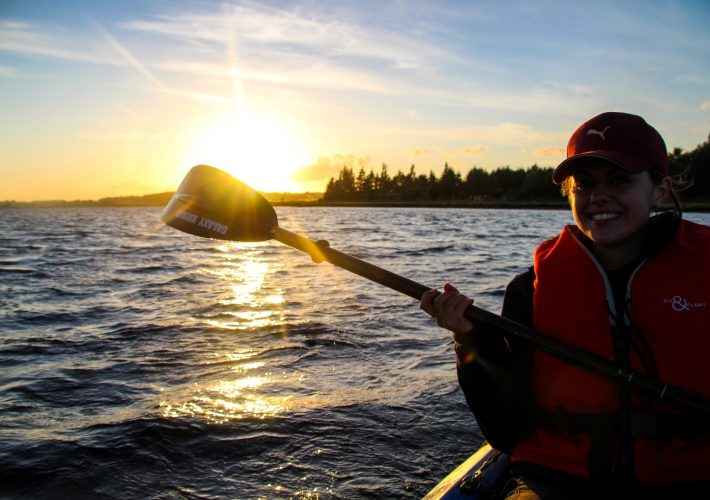


1 COMMENT